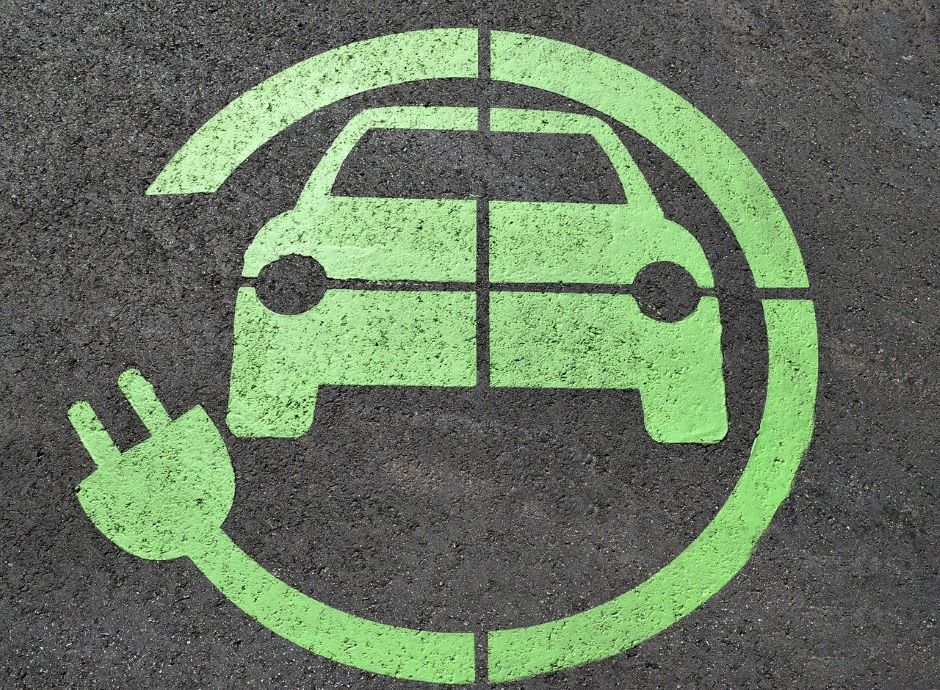Based on E = 1/2 CV^2 I find the capacitance necessary for an energy of 100kWh at 400V to be 4500 F.
When the voltage drops to 350V the remaining energy is 76.56 kWh.
A Tesla model S gets about 3 miles per kWh and its range is about 300 miles. Driving at 60 miles per hour takes 5 hours to cover 300 miles.
Assuming a constant power output from the supercapacitor the 300 miles and the time 5 hours will be the same as for the battery (energy is energy). Note the voltage of the supercapacitor drops as the square root of the time.
Right, so if the inverter input voltage range is 350 to 400V, you only get 100-76.56=23.44kWh usable from the capacitor bank. If you have a boost converter to keep the voltage at 350, you can utilize more of the stored energy (albeit with rising current draw from the capacitor). Alternatively, switching subsections from parallel to series would boost voltage also. 4500/23.44×100 gets to the 20k Farad number I provided.




